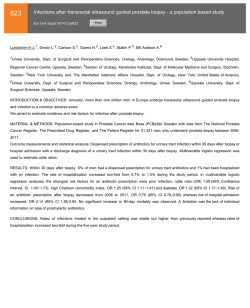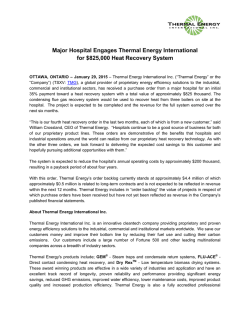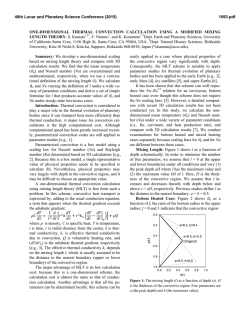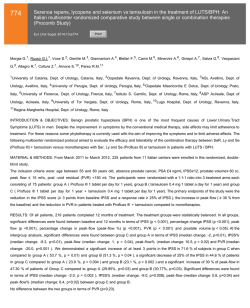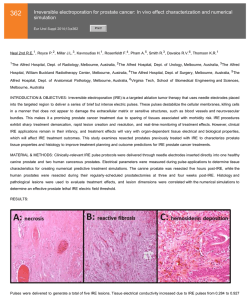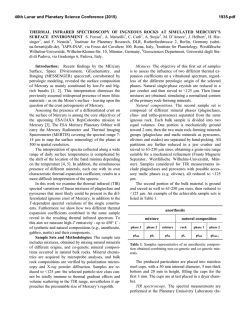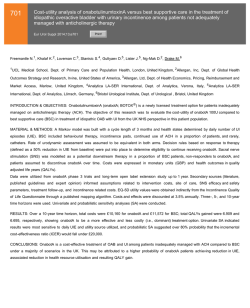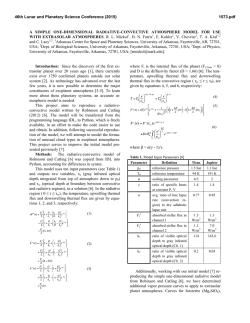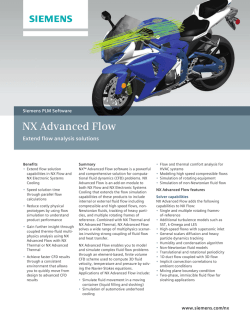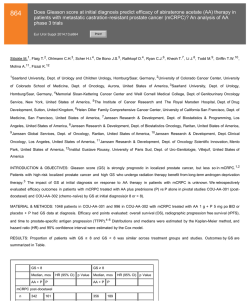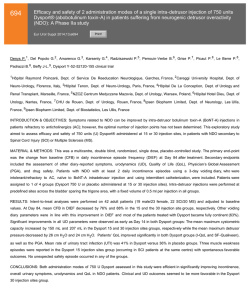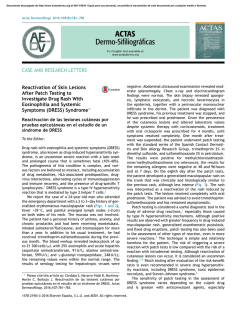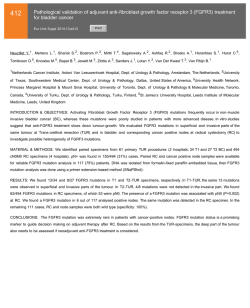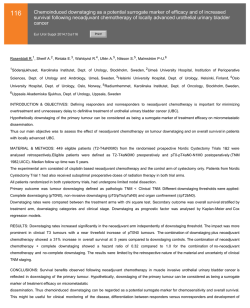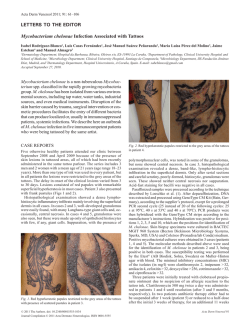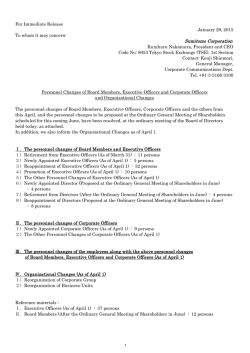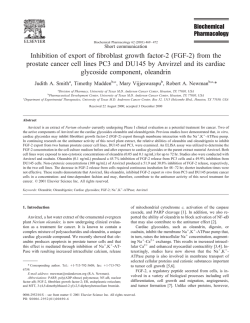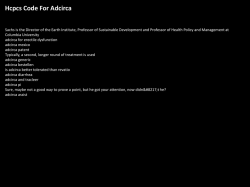
1-s2.0-S156990561460227X-main
230 Characterizing Rezūm® system water vapor treatments for benign prostatic hyperplasia with serial magnetic resonance imaging and 3D rendering Eur Urol Suppl 2014;13;e230 Print! Print! Mynderse L1 , Hanson P 2 , Robb A 2 , Cedano R3 , Pacik D.4 , Vit V. 4 , Varga G 4 , Larson T 5 , Dixon C6 1 Mayo Clinic, Dept. of Urology, Rochester, United States of America, 2 Mayo Clinic, Dept. of Physiology & Biomedical Engineering, Rochester, United States of America, 3 Hospital Fundacion Buen Samaritano, Dept. of Urology, La Romana, Dominican Republic, 4 Masaryk University, Dept. of Surgery, Brno, Czech Republic, 5 Institute For Medical Research, Dept. of Urology, Scottsdale, United States of America, 6 Lenox Hill Hospital, Dept. of Urology, New York, United States of America INTRODUCTION & OBJECTIVES: The Rezūm® System is a novel BPH transurethral therapy based on phase-change, convective thermal energy transfer using water vapor (steam). The condensation of steam releases 540 calories of stored thermal energy per milliliter of water, releasing energy directly onto tissue cell membranes causing necrosis of the targeted treatment areas. Historically, gadolinium-enhanced MRI has shown significant correlation with whole mount histopathologic sections of the prostate following minimally invasive ablative therapies. The objectives were to validate the principle of phase-change convective thermal energy transfer to treat prostate tissue in BPH patients, and assess the MRI detected thermal lesion characteristics and serial reduction in prostate volume. MATERIAL & METHODS: IRB approvals were obtained from 3 centers, and 43 men with BPH/lower urinary-tract symptoms consented to and enrolled in the Rezūm Pilot studies. One to 3 vapor injections per lobe, including the median lobe, if present, were delivered. Gadolinium-enhanced MRI’s were conducted at 1week, 1, 3 and 6 months to assess the location of the thermal lesions and perform volume measurements for total prostate, transition zone and thermal lesions. MRI’s were analyzed and volumes computed via co-registered T2 and post contrast T1 axial acquisitions using the Analyze® Image visualization and analysis system. RESULTS: Thermal lesions were limited to the transition zone and corresponded well to the targeted treatment locations using the Rezūm® system. Mean thermal lesion volume at 1 week (n=43) was 8.9 cc (range 0.5-35.1cc) and decreased by 64% at 1 month (n= 36) and by 92% at 3 months (n=28) and 96% at 6 months (n=28). Mean transition zone volume at 1 week (n=43) was 41.4 cc (range 9.1-114cc) and decreased by 17.6% at 1 month (n=36) and 26.6% at 3 months (n=28) and 34.3% at 6 months (n=28). Mean total prostate volume at 1 week (n=43) was 70cc (range 20-169cc) decreased by 13.9% at 1 month (n= 36) and by 20.3% at 3 months (n=28) and 27.6% at 6 months (n=28). CONCLUSIONS: MRI studies: 1.) Validated the principle of convective heating with thermal lesions limited to the transition zone, 2.) Quantified a significant volume of treated tissue, 3) confirmed rapid, near complete resolution of imaged lesions by 6 months, and 4) demonstrated reduction in total prostate volume from baseline supporting probable clinical benefit. Source of Funding: NxThera Inc.
© Copyright 2024
